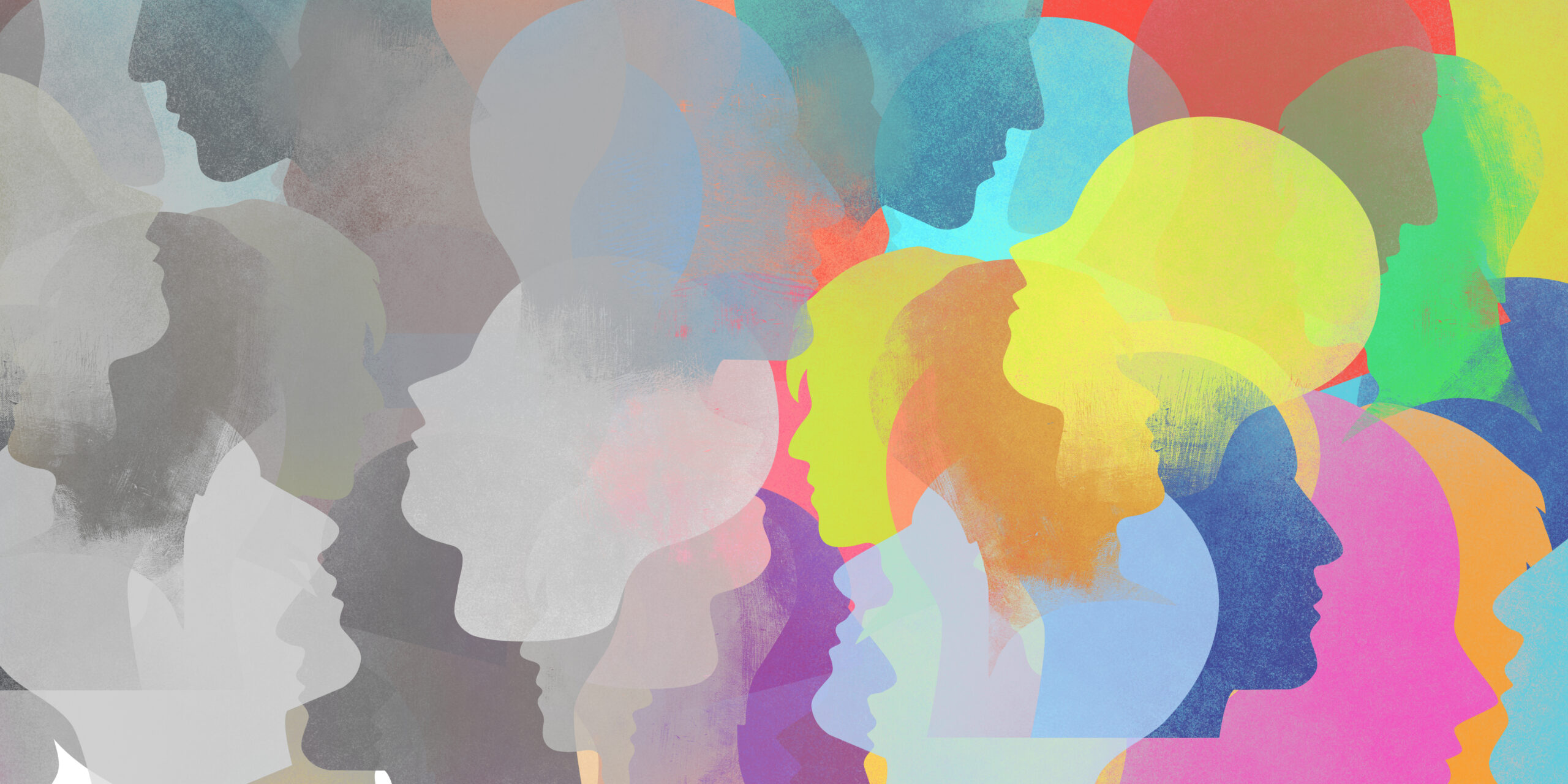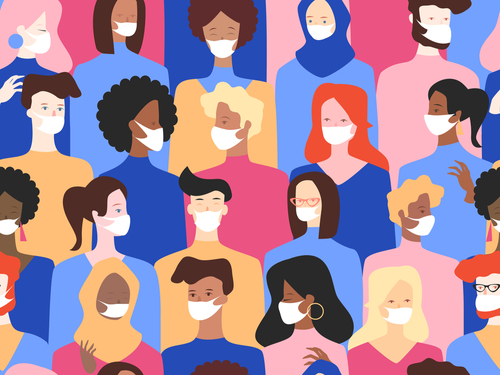Research methods is not the most glamorous or popular topic within the A-level Sociology specification, and sociology teachers strive to make it engaging for their students. Amongst the other ‘more exciting’ topics, students often struggle to see how research methods is a vital component in sociology. Throughout each module, students engage with sociological research, therefore it is advantageous for students to be confident when evaluating research methods.
In a pre-Covid world, I usually set my students an independent sociology research project towards the end of the summer term. Although this is not a requirement of the A-level specification, the active learning strategy really brings research methods alive and gives students a great opportunity to put learning into practice.
I typically run this research project at the end of the year to allow students to ground their research questions in the topics that they have learnt; this gives them a chance to explore further a topic they have found interesting. Students get a chance to apply their learning and experience in practice the factors that influence/effect the choice of research method and research subject.
My students complete this research project feeling more confident and knowledgeable with research methods. This benefits revision and exams, as students can draw on their own experience to help them recall the strengths and limitations of a research method and write an essay. Students can also refer to their research project when writing their university personal statement as this demonstrates their independent learning and research skills, and helps their application stand out amongst the crowd.
At the time of writing, most students are not in school and social distancing is paramount. Therefore, I have had to adapt this research project to work in a virtual format, but I have still maintained the positive impact on students’ learning. Below I will detail how to conduct a sociology research project with your A-level students in the classroom or virtually.
Setting up the research project
I like to introduce the project to my students with a short PowerPoint presentation outlining the details of the research project. Why are you setting this task? What do you expect from your students? You have a chance here to be creative and set a back story as to why they are conducting this research, e.g. the world depends on their research in order to achieve world peace. It’s important to promote the benefits of conducting their own research to get buy-in from the students.
The research timeline is important to outline in this presentation, so students know what is expected of them at each and every stage. This does not need to be extensive; it could resemble the following:
Creating an aim/hypothesis
Writing up your research proposal, with a special consideration of ethics
Writing up a literature review on past research about your topic (this is optional but can be compulsory for high ability students)
-Research proposal approved-
Writing consent forms
Conducting your research
-Distributing and gathering your data-
Analyse data
Completing your report and creating a summary PowerPoint ready to present findings
The PowerPoint should also include a timetable/checklist so students know what they should be completing in each session and help them to manage their time and research project effectively. The duration of my research project is two weeks, but this can be easily adapted to suit your students’ needs.
Research questions
After the presentation outlining the research project, I spend the remainder of the session helping students develop their research ideas. I always give students examples of research questions e.g. “Do gender roles exist within sixth form?”, “What is the impact of the ethnocentric curriculum of ethnic minority students?”, “Are friendship groups in the sixth form area based on religion?” (These examples have been taken from my previous students’ research projects.)
To help with ideas, I also give students a list of the topics that we have learned about so far and topics they will learn about in the future; they can use this list as the basis of a process of elimination to narrow down their research question. Additionally, I provide them with a list of contemporary topics, e.g. free school meals and lockdown, digital deprivation and education, divorce rates and lockdown, etc. The students should leave this session with a research question so that they can start writing their research proposal.
Research proposal
I strongly encourage you to ask your students to write a mini research proposal before they conduct their research for numerous reasons. The research proposal allows students to think critically about the method they are choosing before the actual process, and students have a chance to apply their understanding of research methods when choosing the appropriate method for their subject matter. It also gives students the opportunity to plan the process of research before diving in. Writing research proposals simulates conducting research at university; this gives them early experience that will be beneficial in the future and also an insight into the career of a social researcher.
The research proposal can be a series of questions that students answer, before submitting to you for sign-off. I warn my students that if the proposal is not ethically sound or completed effectively then their research will be denied and that they will have to submit another proposal. This is similar to the process social researchers face; their research proposals or funding applications can be denied due to a breach of ethics or not meeting the approval of the funding bodies.
Please see an example of a research proposal template below:
[Research project title]
What is your aim?
Would your piece of research be qualitative or quantitative? Why?
How would you choose a study group or sample frame? Why?
What ethical problems might you experience with your topic?
What particular methodology would you use? (questionnaires, interviews, secondary sources, content analysis) What benefits and problems are to be expected from the chosen methods? Why?
How could you avoid biasing your results and ensure that you have maintained objectivity?
What conclusions might you expect to find? Why?
Approved by:
Date:
Research process
One advantage of virtual research is that there are several free platforms that students can use to conduct their research and analyse data. I recommend students using questionnaires/surveys as it’s the most virtual-friendly research method. You can also limit the choice of research methods that students choose to use; this can save a lot of time during the planning stages. To maintain the realistic nature of the research process, I require students to obtain signed consent forms from each and every participant (if possible) before the research.
Examples of research methods and platforms you can use below:
Questionnaires- Students can use a range of closed/open-ended questions. The platforms below will generate quantitative data on the closed-ended questions, which makes the data easy to analyse.
Microsoft Forms
Google Forms
Survey Monkey
The data can be presented in numerous formats, that students can copy and paste the results into their research presentation. You can also create consent forms that have to be signed before the questionnaire is released to the participant on Google Forms. Additionally, students have the creative opportunity to include media/photo analysis on these platforms. Encourage your students to examine the features of the platform so that they can use it in the most effective way. These platforms also issue a link that students can share to get participants to complete.
Interviews- If your students decide to use interviews, advise them to only interview really good friends or family members. To ensure safety for students, recommend parents or guardians being in the room when the interview is taking place or recording the interview. You can have students create an interview timetable with the details of their participants, meeting and even the meeting link for you to drop in to monitor the interview. You can also set up a team’s/class meeting and have breakout rooms for students to interview their peers. The following platforms could be used:
Zoom
Skype
Microsoft Teams
Google Meet
Observations can be done at home or in the park when students are going out for a walk. All students need is simply a pen and paper or a device to take notes. Students can even engage in the ‘Garfinkel experiment’ at home and record (with permission) their family’s behaviour.
If they are using secondary research methods such as official statistics, content analysis and thematic analysis, students can simply use the internet.
Presenting findings
After students have conducted their research and analysed their results, students need to create a leaflet/poster or presentation detailing their research process and results. Students who are creating posters can share this on platforms like Padlet so you can get other students to comment on what they like about the research or what they have learnt from the piece of research. Another option is for students to present their research in breakout rooms (available on Microsoft Teams/Zoom/Google Classroom) and then vote on which research was best. This stage is meant to simulate a peer-review process and allow students to be critical of each other’s research (subject matter and methodology). You can then later use the student’s presentations/leaflets/posters at open days to advertise the sociology department.
This sociology research project is a fantastic project to increase engagement with your A-level Sociology students. Students are able to develop their independent research skills and acquire skills that can be applied throughout their learning. This project will make your students feel more confident when evaluating research methods and is a great opportunity for students to get first-hand experience of life as a social researcher.
By Annalisea Whyte, an experienced social science teacher based in London.
Read More









